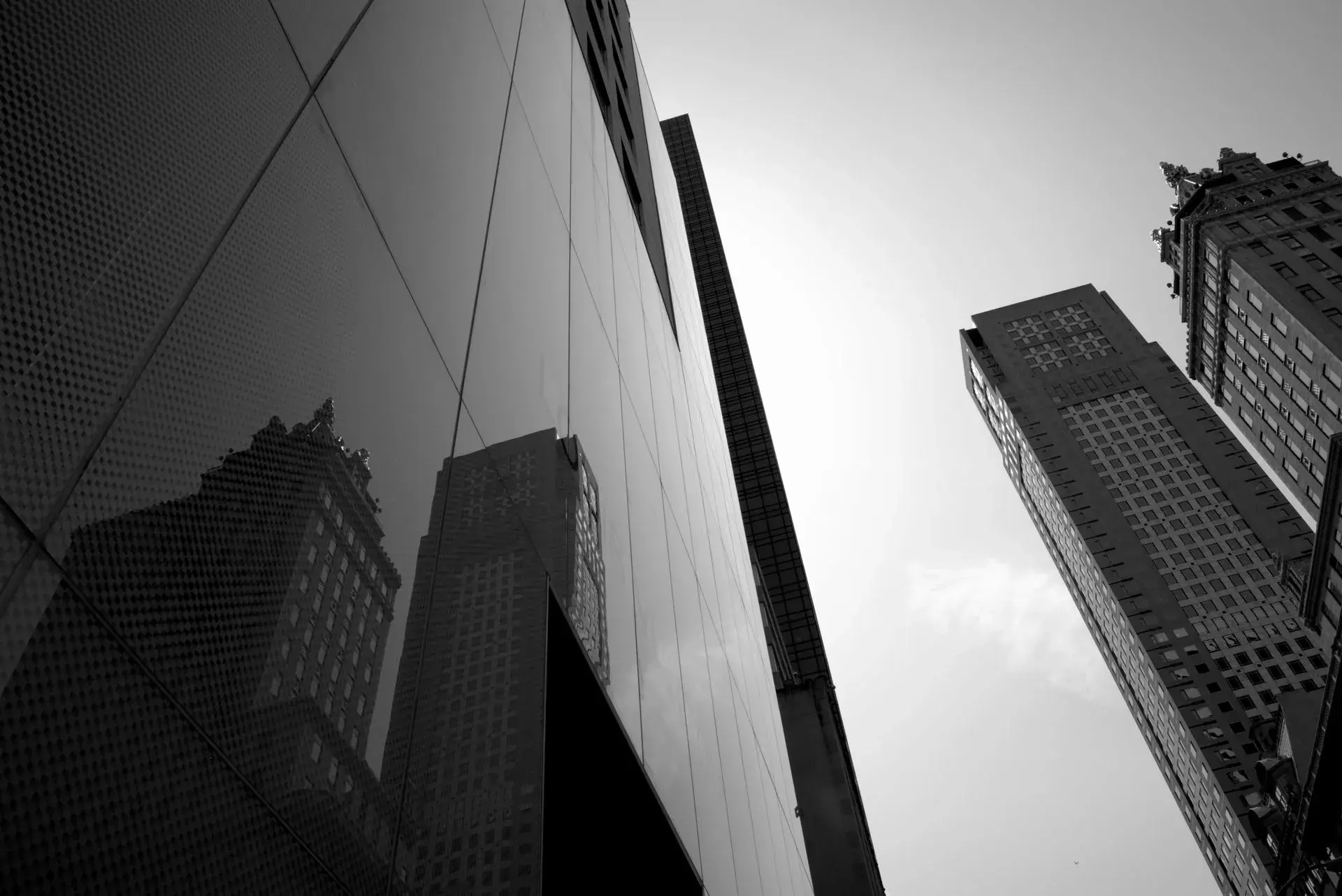California Health & Safety Code §§ 17920.3 & 17920.10 Explained
John David Sarmiento • October 12, 2025
California Health & Safety Code §§ 17920.3 & 17920.10 Explained
When tenants complain about mold, vermin, or broken heating systems, property owners often assume these are just maintenance issues. In reality, under California law, such conditions can legally classify a building as “substandard” and place landlords at risk of serious penalties. Two provisions in the State Housing Law, Health & Safety Code § 17920.3 and § 17920.10, are central to defining when housing falls below minimum standards and becomes a matter of public health and safety.
Defining “Substandard” Housing: § 17920.3
Section 17920.3 outlines the conditions that render a building or unit legally “substandard.” The definition hinges not on cosmetic concerns but on whether conditions endanger life, health, safety, or welfare. Importantly, only one qualifying condition is enough to trigger a violation.
Key Conditions
-
Inadequate sanitation: no functioning toilet, sink, or bathing facility; lack of hot and cold water; or no proper sewage connection.
-
Lack of heating: absence of a working heating system in habitable rooms.
-
Ventilation and lighting failures: insufficient natural light, ventilation, or required electrical lighting.
-
Dampness and mold: visible mold growth, unless minor and confined to normally moist surfaces.
-
Infestations: insects, vermin, or rodents verified by officials.
-
Structural hazards: dilapidation, unsafe design, or seismic deficiencies.
-
Fire risks: inadequate exits, fire protection systems, or hazardous accumulation of waste.
-
Improper use of space: converting non-habitable areas, such as garages, into bedrooms without meeting safety requirements.
The statute makes clear that the presence of even one of these conditions, if severe enough, can move a property from “neglected” to “substandard.”
Lead Hazards: § 17920.10
While § 17920.3 covers broad health and safety concerns, § 17920.10 focuses specifically on lead hazards. A property violates the law if it contains lead-based paint, lead-contaminated dust, or lead-contaminated soil above established thresholds.
For example:
-
More than 2 square feet of deteriorated lead-based paint inside a room,
-
More than 20 square feet on exterior surfaces, or
-
10 percent or more deterioration on small components like window sills.
Even smaller amounts may be deemed violations if a resident has elevated blood lead levels.
This statute reflects California’s recognition that lead exposure, particularly in children, has long-term health consequences.
How These Standards Interact with Habitability Law
California courts recognize an implied warranty of habitability, meaning landlords must provide safe, livable housing. The standards in §§ 17920.3 and 17920.10 often serve as the benchmark for determining when this warranty is breached.
-
A broken heater or severe mold infestation may both qualify as substandard under § 17920.3 and as a breach of habitability under Civil Code § 1941.1.
-
Lead hazards under § 17920.10 create independent liability and often require professional remediation.
-
Importantly, not every defect makes a home legally uninhabitable, but conditions that threaten health or safety usually will.
Enforcement and Consequences
Enforcement typically begins with local code enforcement agencies. Upon inspection, officials may issue a Notice of Violation requiring repairs. Severe cases can result in red-tagging, tenant relocation, or even demolition orders.
Recent reforms like Assembly Bill 548 require agencies to inspect not just the unit with a violation but also adjacent units if hazards may spread, ensuring systemic issues are not overlooked.
For landlords, failing to comply can lead to:
-
Administrative fines and liens,
-
Court actions and potential civil damages,
-
Tenant defenses against rent or eviction claims,
-
In some cases, criminal penalties for willful neglect.
Key Takeaways
-
§ 17920.3 defines a wide range of conditions, from mold to heating failures, that can make a building “substandard.”
-
§ 17920.10 independently establishes that lead hazards are unlawful, even at relatively small levels.
-
These statutes form the backbone of California’s habitability standards and directly influence landlord-tenant disputes.
-
Enforcement is local but backed by state law, with escalating consequences for non-compliance.
-
Property owners should view compliance not as optional but as a fundamental part of risk management and tenant safety.
More about Coastline Equity
-
Property Management Services
 Explore Our Services
Explore Our ServicesOur team will handle all your property needs, offering specialized services such as in-depth inspections, liability management, staff recruitment and training, and round-the-clock maintenance—expert support tailored to the unique requirements of your real estate assets.
-
About Us
.webp) Our Company
Our CompanyOur dedicated team transforms property management challenges into opportunities. From tenant management to streamlined rent collection and proactive maintenance.
-
Property Management Excellence
 About Our CEO
About Our CEOAs a contributing author for Forbes, Anthony A. Luna brings a wealth of expertise and knowledge in the property management industry, real estate sector, and entrepreneurship, providing insights and thought-provoking analysis on a range of topics including property management, industry innovation, and leadership. Anthony has established himself as a leading voice in the business community. Through his contributions to Forbes, Anthony is set to publish his first book, 'Property Management Excellence' in April 2025 with Forbes Books.
-
Insights
 Explore Our Blog
Explore Our BlogLearn more about Coastline Equity's property management practices & processes and how we support our clients with education and a growth mindset. Coastline Equity Property Management is your partner as you continue to learn and grow.
News & Updates
Property Management Made Easy
Los Angeles
Temecula
Free tools & Resources
Privacy policy
Service areas
- Aguanga Property Management
- Aliso Viejo Property Management
- Anaheim Hills Property Management
- Anaheim Property Management
- Anza Property Management
- Balboa Island Property Management
- Bellflower Property Management
- Belmont Shore Property Management
- Beverly Hills Property Management
- Bixby Knolls Property Management
- Bonsall Property Management
- Brea Property Management
- Burbank Property Management
- Carson Property Management
- Cerritos Property Management
- Costa Mesa Property Management
- Culver City Property Management
- Dana Point Property Management
- Downey Property Management
- East Costa Mesa Property Management
- El Segundo Property Management
- Fallbrook Property Management
- Fountain Valley Property Management
- French Valley Property Management
- Fullerton Property Management
- Garden Grove Property Management
- Gardena Property Management
- Glendale Property Management
- Harbor City Property Management
- Hawaiian Gardens Property Management
- Hemet Property Management
- Hermosa Beach Property Management
- Huntington Beach Property Management
- Inland Empire Property Management
- Irvine Property Management
- La Habra Property Management
- Ladera Ranch Property Management
- Laguna Beach Property Management
- Lake Elsinore Property Management
- Lakewood Property Management
- Lomita Property Management
- Long Beach Property Management
- Los Alamitos Property Management
- Manhattan Beach Property Management
- Marina del Rey Property Management
- Menifee Property Management
- Mission Viejo Property Management
- Murrieta Hot Springs Property Management
- Naples Property Management
- Newport Beach Property Management
- North Tustin Property Management
- Old Torrance Property Management
- Orange County Property Management
- Palos Verdes Drive East Property Management
- Paramount Property Management
- Pasadena Property Management
- Perris Property Management
- Placentia Property Management
- Rancho Palos Verdes Property Management
- Redondo Beach Property Management
- Riverside County Property Management
- Rolling Hills Property Management
- Rossmoor Property Management
- San Bernardino County Property Management
- Santa Ana Property Management
- Seal Beach Property Management
- Signal Hill Property Management
- Silverlake Property Management
- Temecula Property Management
- Torrance Property Management
- Tustin Property Management
- Venice Property Management
- West Hollywood Property Management
- Westminster Property Management
- Whittier Property Management
- Wildomar Property Management
- Wilmington Property Management
- Winchester Property Management
- Yorba Linda Property Management
- Property Management Near Me
- San Pedro Property Management
- Los Angeles Property Management